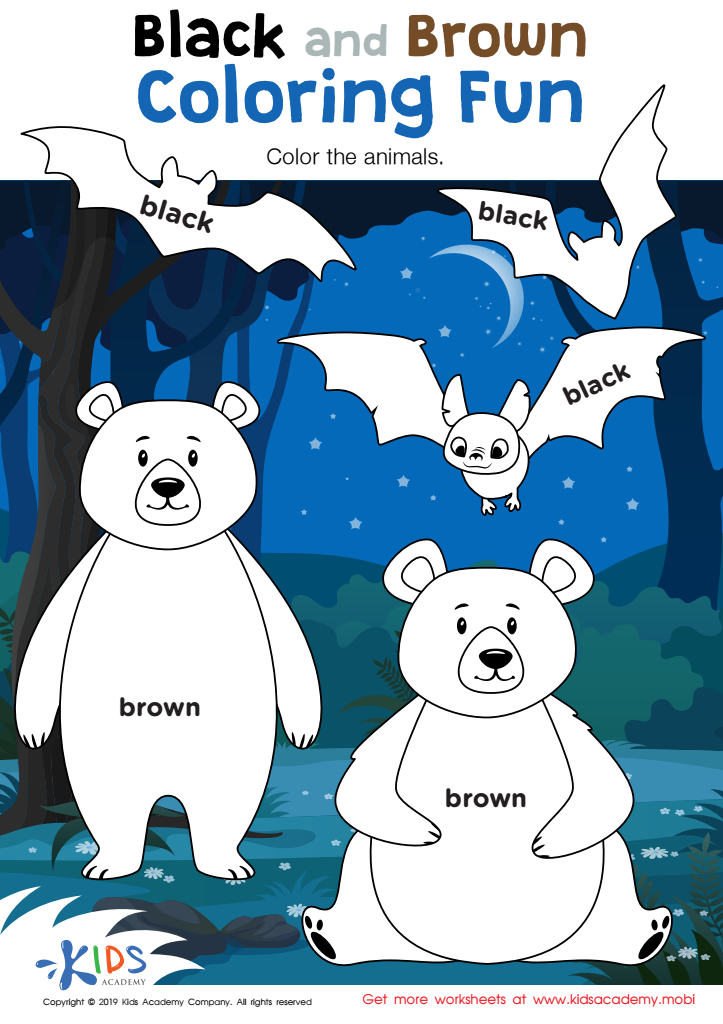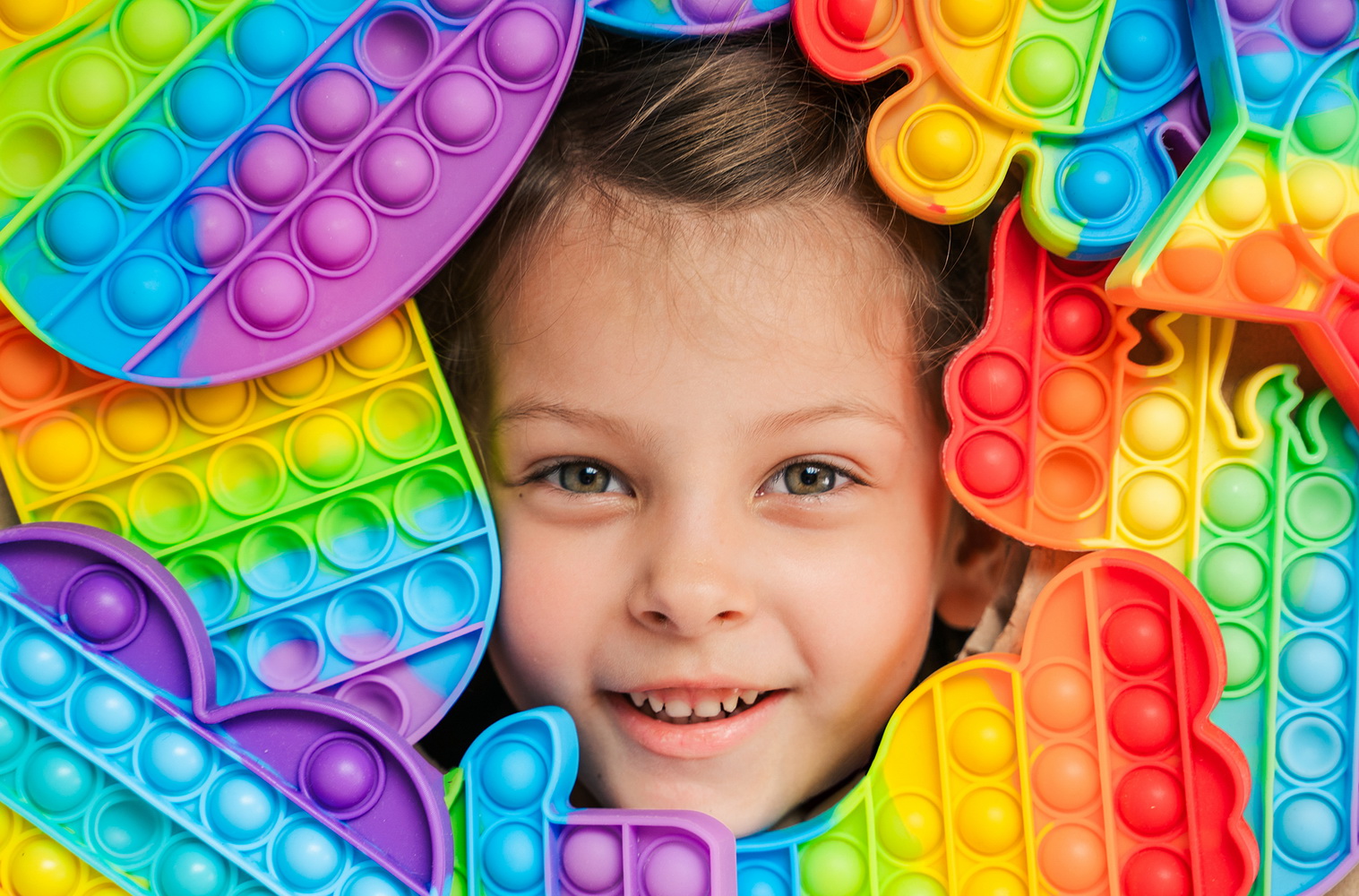Fine Motor Skills Color Words Worksheets for Ages 6-8
4 filtered results
-
From - To
Enhance your child's fine motor skills with our engaging Color Words Worksheets, designed specifically for ages 6-8. These printable resources not only aid in learning color vocabulary but also promote essential motor development through fun and interactive activities. From tracing to coloring, each worksheet provides a creative way for kids to practice their writing and hand coordination while exploring the vibrant world of colors. Perfect for enhancing both ESL learning and fine motor abilities, these worksheets provide a balanced and enjoyable approach to skill-building that keeps children motivated and excited about learning. Download now and watch your child's abilities flourish!


Red and Blue Coloring Fun Worksheet


Yellow and Green Coloring Fun Worksheet


Black and Brown Coloring Fun Worksheet


Purple and Orange Coloring Fun Worksheet
Fine motor skills are crucial for children ages 6-8 as they lay the groundwork for essential tasks such as writing, drawing, and self-care activities like buttoning shirts and tying shoes. During this age, children begin to develop more complex skills which contribute to their academic success and everyday life. Learning color words complements fine motor skill development by engaging children through hands-on activities like coloring, cutting, and crafting.
When parents and teachers prioritize fine motor skills and color word recognition, they are not just promoting art and creativity; they are also enhancing cognitive development. The process of grasping crayons, scissors, or small objects to identify colors strengthens hand-eye coordination and dexterity. Simultaneously, linking color words to physical activities encourages language acquisition, vocabulary expansion, and comprehensive understanding of colors.
Moreover, mastery of fine motor skills fosters greater independence and self-esteem in children. As they thrive in these areas, they can better participate in group activities and express themselves in creative contexts. By integrating color word learning with fine motor tasks, parents and teachers collectively support a holistic educational approach that prepares children for future academic challenges while promoting their overall growth and development.
 Assign to My Students
Assign to My Students















